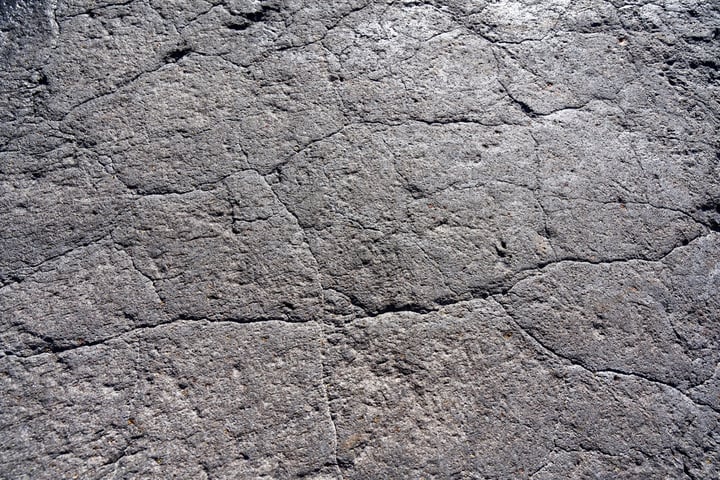
Today, there is a lot of discussion on how to mitigate climate change and what methods to use to reduce the amount of CO2 released into the atmosphere. One method that is frequently mentioned is CCS. In the same discussions, BECCS and DAC are often mentioned. So, what is the difference between these three carbon capturing methods? We talked to Prof. Filip Johnsson at Chalmers to sort out the differences. This is what we learned.
- In short, CCS is typically used If you have a large point emission from a power plant in the industry, Prof. Johnsson says.
Typically, there could be 10-15% CO2 in a power plant flue gas. Therefore, we want to capture the flue gases, separate the contained CO2 and compress it to a liquid state so that it can be transported to a storage location for permanent storage. This means that the CO2, released from the power plant, will be prevented from entering the atmosphere.
- BECCS is an approach that could be used to achieve net negative emission, Prof. Johnsson explains.
Net negative emission means that we remove more CO2 from the atmosphere than we emit. There are different ways to do this. One way is to use sustainably grown biomass, burn it instead of coal and oil, and apply CCS on the released CO2.
When growing, the biomass will capture CO2 from the atmosphere. If the released CO2 is captured when the biomass is burned, there will be a net negative emission. I.e. BECCS is an indirect way of capturing CO2 from the atmosphere. Thus, BECCS applies exactly the same technology as CCS with the only difference that CCS is applied to industries or power plants using biogenic feedstock/fuels.
- You can also use the same process as in CCS and apply it directly on the atmosphere. This is called Direct air capture, says Prof. Johnsson.
The good thing with this is that you don’t have to link the capture process to the emission source, which means that you for example can place the capture units where you have the storage opportunities. A challenge with DAC, however, is that it is much more costly to capture CO2 from the atmosphere, where you have around 410 ppm CO2, compared to capturing it from a flue gas, where you typically have 10% CO2.
Listen to the full interview with Prof. Filip Johnson in this pod episode, where we talk about why CCS is needed and how it works in practice. Prof. Johnson also shares his view on what challenges there are in terms of CCS implementation and what the future looks like.
Learn more about Quartz Crystal Microbalance with Dissipation monitoring technology, QCM-D, from a user perspective.
The range of technologies that could be used in a biointerfaces lab is vast. We talked to Dr. Jenny Malmstrom, University of Auckland to learn more.
Light interaction with matter is an important part of our everyday lives. We talked to Prof. Magnus Jonsson at Linköping University, to learn more.
Learn about the difference between primary and secondary batteries, and about battery performance indicators.
Read about the benefits of Li-ion batteries and why the invention was awarded the Nobel prize
This is what we learned about the fascinating area of nanomedicines when we talked to Dr. Gustav Emilsson, who is working with nanomedicine development
Read about the different components in cleaning products and how they work on a molecular level.
Learn more about how Lipid Envelope Antiviral Disruption (LEAD) maybe could be used in the future to address infectious disease such as Zika, Dengue and Hepatitis C.
